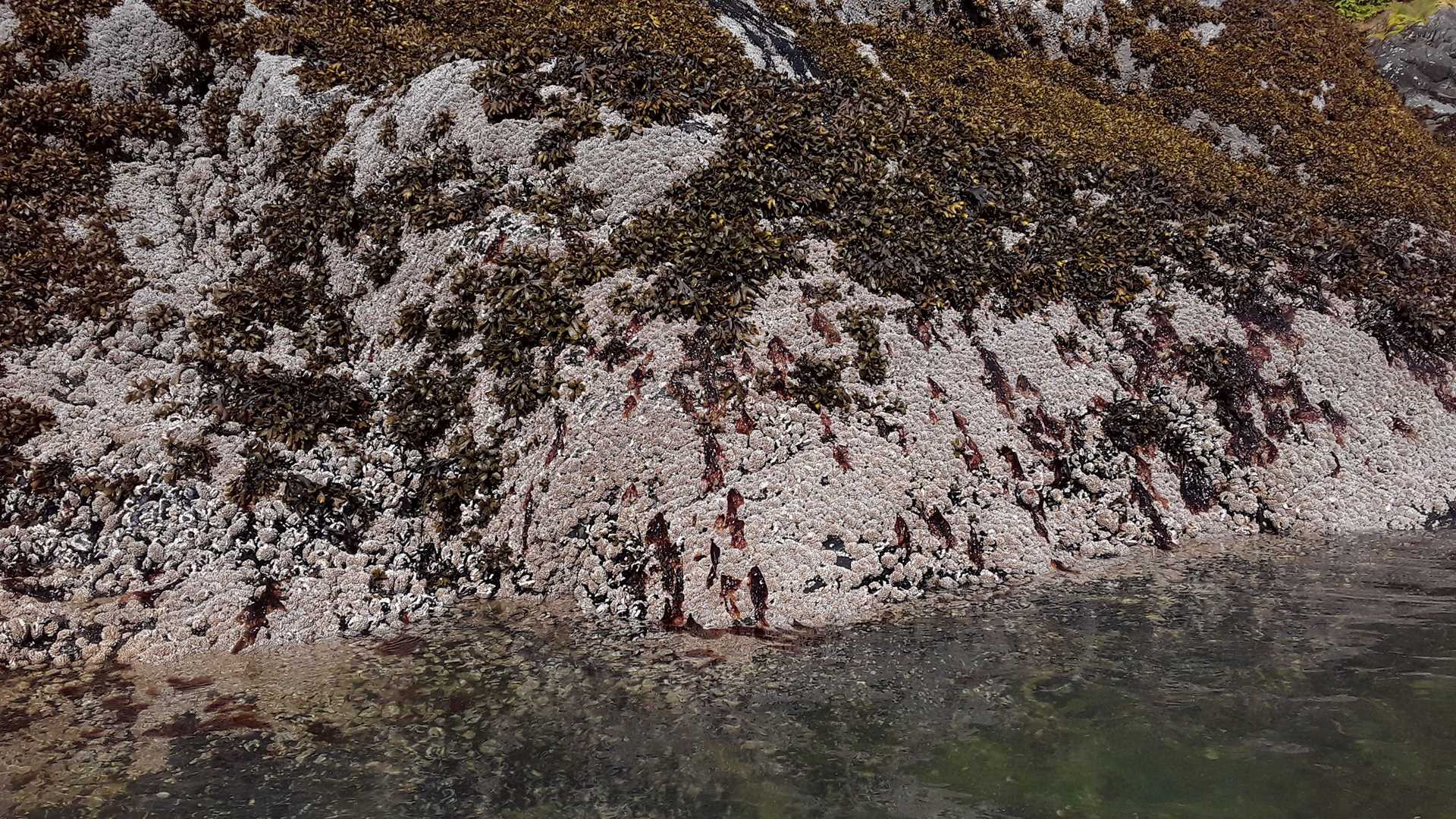We started the fourth day of our voyage at Endicott Arm, a glacial fjord approximately 75 miles south of Alaska’s capital city of Juneau. Mid-morning, National Geographic Sea Bird hove to in the deep glacial waters, and we were given the chance to kayak and paddleboard along a shoreline where Sitka spruce and western hemlock trees were thick and abundant. Waterfalls sprinkled down from vast, rocky cliffs to the ocean surface below, with a few icebergs drifting along in the calm water.
Afterward, we continued our sail to the head of the arm where the Dawes Glacier awaited us. Our afternoon schedule of activities involved an inflatable boat ride through icy water littered with brash ice (small remnants of ice from the face of the glacier), bergy bits (larger pieces of chunk ice), and colossal white and blue icebergs, with surfaces flat enough to walk on. Some bergs were populated by harbor seals, marine mammals highly adaptive to this environment who raised their heads as we whizzed by at a distance sufficient to not startle them. We were thrilled and elated at each thunderous creak and groan that the Dawes Glacier produces, and marveled as sheets of ice showered from the face. We stared at the cliff walls on either side of the glacier that towered hundreds of feet above us; these cliffs had a distinctive “bath tub ring” delineating bare rock below with rock showing the first signs of forest succession above. This once mighty glacier formed by the Stikine ice field is now beating a hasty retreat.







